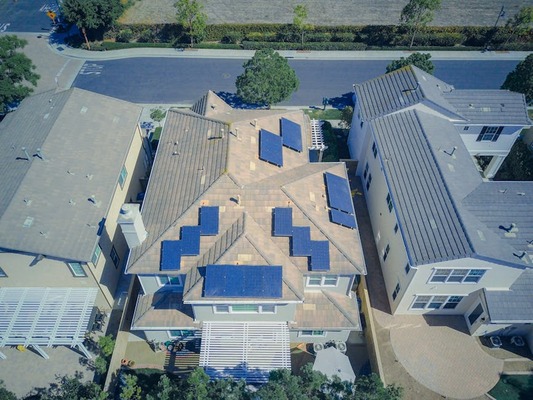
A Comprehensive Guide to Installing Solar Panels on Your Roof
Introduction:
With the rising awareness of renewable energy and the need to reduce carbon footprints, many homeowners are turning to solar power as a sustainable alternative. Installing solar panels on your roof not only helps the environment but can also significantly lower your energy bills in the long run. However, proper installation techniques are crucial to ensure optimal performance and longevity of your solar system. In this guide, we'll delve into the step-by-step process of installing solar panels on a roof, including essential techniques like flashing installation.
Step 1: Assess Your Roof's Suitability
Before proceeding with the installation, it's essential to assess whether your roof is suitable for solar panels. Factors to consider include the roof's orientation, angle, shading, and structural integrity. Ideally, your roof should have a south-facing orientation with minimal shading throughout the day to maximize sunlight exposure.
Step 2: Obtain Necessary Permits and Approvals
Before starting the installation process, obtain the necessary permits and approvals from your local authorities. Solar panel installations typically require permits to ensure compliance with building codes and safety regulations. Working with a reputable solar installer can streamline this process.
Step 3: Designing the Solar Array
Work with your solar installer to design the layout of your solar array. Factors such as the number of panels, their placement, and wiring configuration will be determined during this stage. The goal is to optimize energy production while adhering to safety and aesthetic considerations.
Step 4: Install Mounting Hardware
Once the design is finalized, the next step is to install the mounting hardware onto your roof. Mounting hardware includes rails, brackets, and clamps that securely hold the solar panels in place. It's crucial to ensure that the mounting system is compatible with your roof type and capable of withstanding various weather conditions.
Step 5: Flashing Installation
Flashing is a critical component of solar panel installation, as it provides a watertight seal around penetrations in the roof, such as where mounting hardware is attached. Improper flashing can lead to roof leaks and water damage over time. Here's how flashing is installed:
- Clean the Roof Surface: Before installing flashing, thoroughly clean the area where it will be placed to ensure proper adhesion and sealing.
- Apply Sealant: Apply a high-quality roofing sealant around the perimeter of the penetration points, such as bolts or lag screws used to secure mounting hardware.
- Install Flashing: Position the flashing over the sealant-coated penetration points, ensuring that it covers the area where the mounting hardware meets the roof surface.
- Secure Flashing: Secure the flashing in place using screws or nails, making sure it forms a tight seal against the roof surface.
- Seal Edges: Apply additional sealant around the edges of the flashing to further waterproof the installation.
Step 6: Install Solar Panels
With the flashing in place, it's time to install the solar panels onto the mounting hardware. Carefully lift each panel onto the rails and secure them according to the manufacturer's instructions. Ensure that the panels are properly aligned and spaced for optimal performance.
Step 7: Wiring and Electrical Connections
Once the panels are installed, the final step is to connect them to your home's electrical system. This involves running wiring from the panels to an inverter, which converts the DC electricity generated by the panels into AC electricity usable by your home. It's essential to hire a qualified electrician to handle this part of the installation to ensure safety and compliance with electrical codes.
Conclusion:
Installing solar panels on your roof is a rewarding investment that can benefit both the environment and your wallet. By following proper installation techniques, including flashing installation, you can ensure that your solar system operates efficiently and reliably for years to come. If you're considering going solar, consult with a reputable solar installer to guide you through the process and maximize the benefits of renewable energy.
What do you think? Leave a comment.